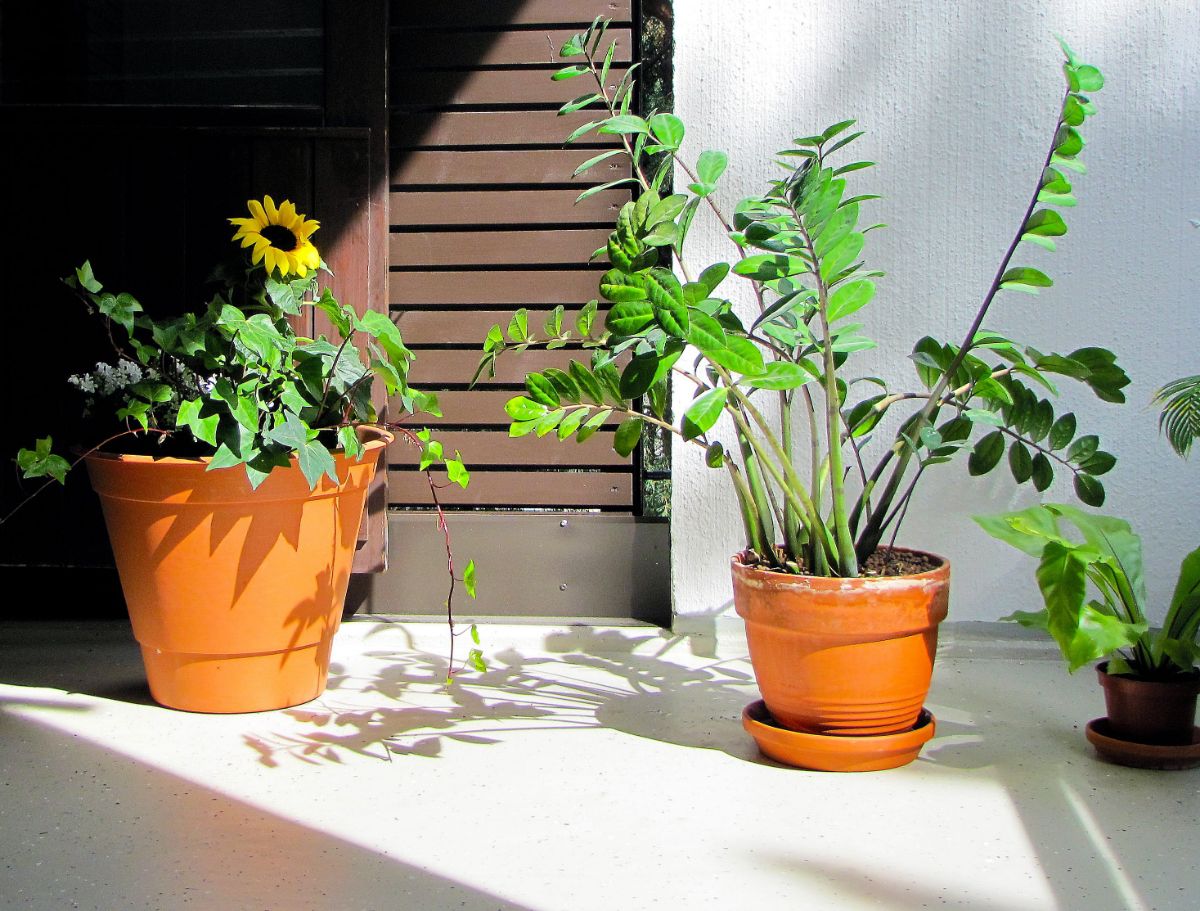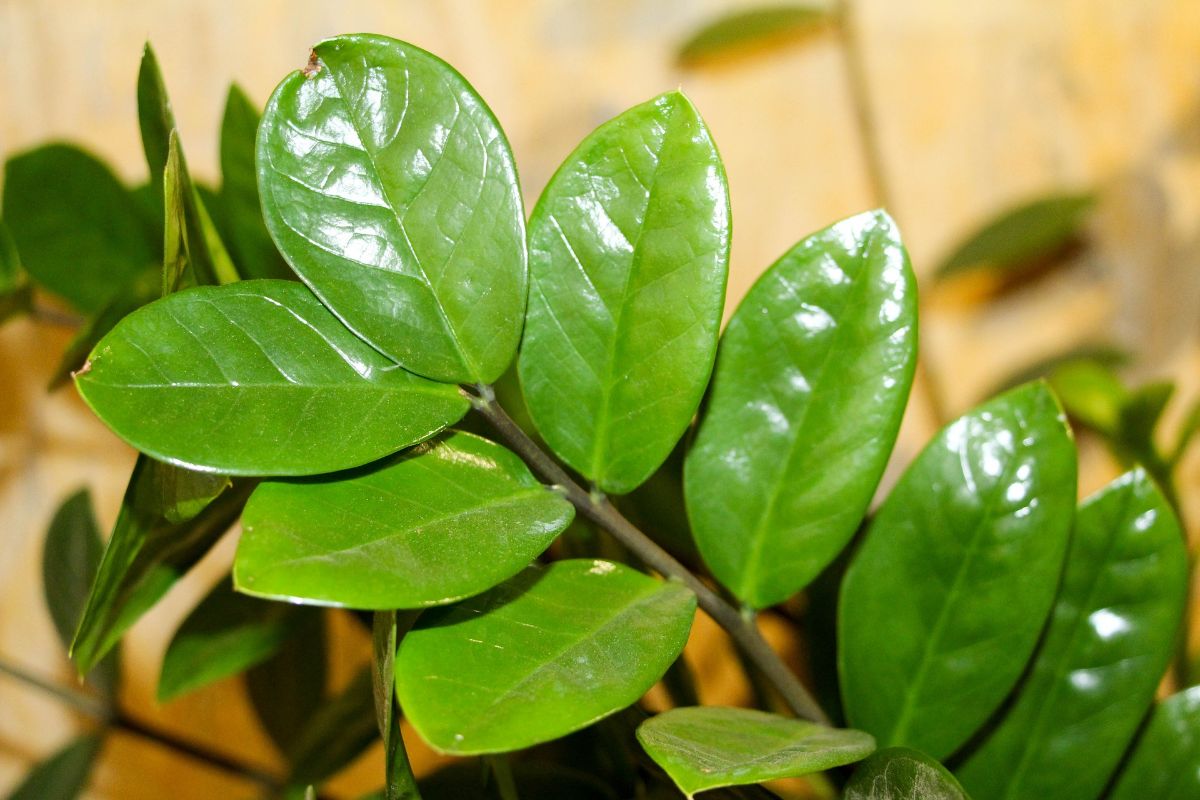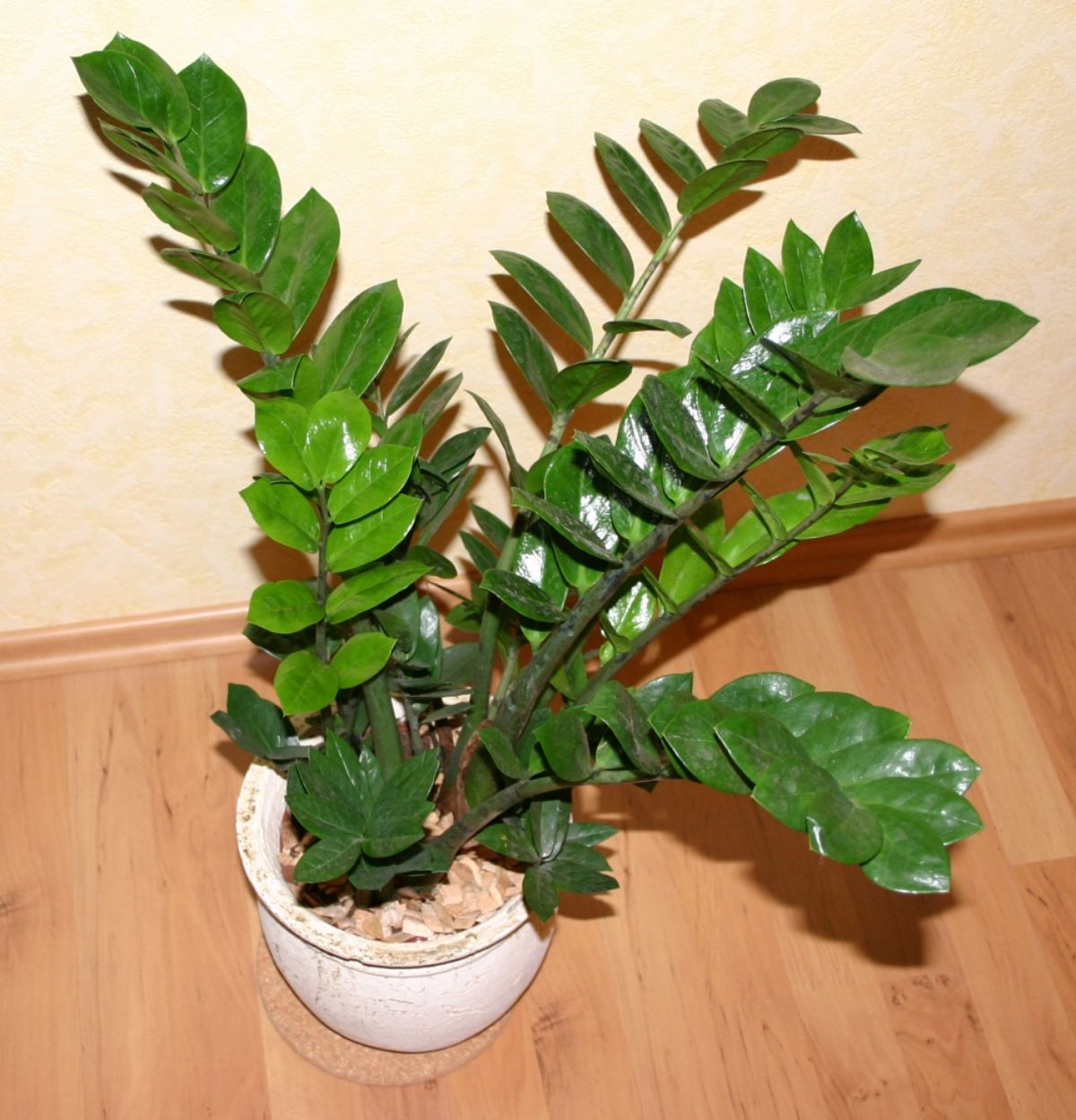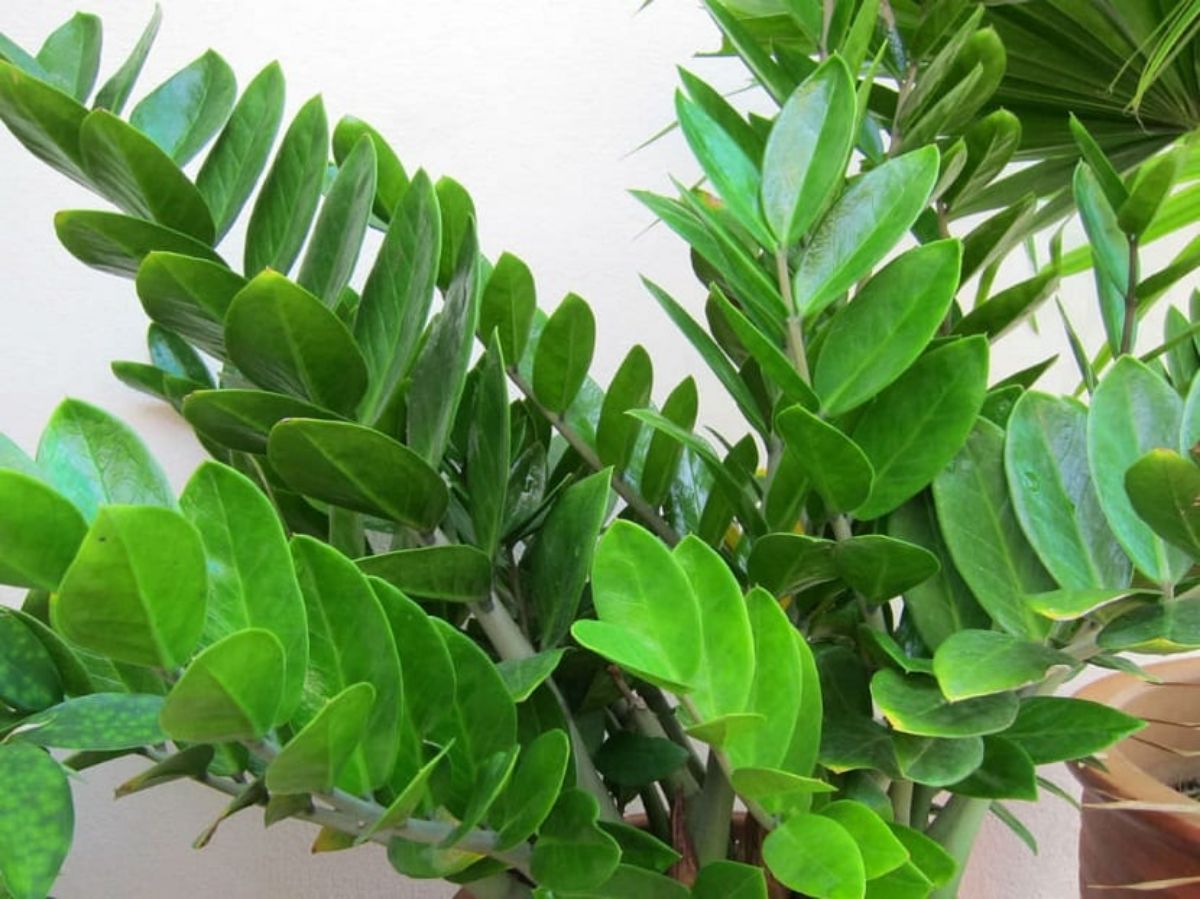
Among the indoor plants that you can have at home, the zamioculcas are one of the most resistant and that you least have to take care of it. But the zamioculcas and their care are important.
Therefore, if you are thinking of having a plant of this type, or you have just been given one and you are not sure what it needs to stay alive and beautiful for many years, here are the keys to what you need to know.
What is a zamioculca
The zamioculca, with a scientific name Zamioculca zamicifolia, is a fairly resistant plant native to Africa. Due to its natural habitat, the plant is much better indoors as it adapts better.
All the leaves that have stick out from thick stems and have round leaflets. They are dark and shiny green and help to maintain water deposits, just like the roots, hence it does not have to be watered too much.
Visually, the plant looks very beautiful when the leaves come out of these stems. In fact, these leaves barely have a tail, but they come out directly from the stem, covering it almost completely (only a few centimeters of the base remain uncovered with leaves. These come out on each side of the stem, usually in a zigzag pattern.
Zamioculcas care
If you have a zamioculca at home, if you are thinking of having one or if they have given it to you, then we want to help you so that you can have it in the best possible way and that you enjoy its greenery and its bearing for a long time.
Therefore, the care that you must provide are the following:
Location
As we have told you before, the zamioculca comes from Africa. However, although that may make us think that it is an outdoor plant, due to the temperatures it supports, it is better indoors than outside.
In other words, we are talking about an indoor plant (unless outside you could provide the same habitat or it adapts to it).
Temperature
Regarding the temperature, the zamioculca has an ideal. If you place it in an area where temperature is between 16 and 21 degrees He will thank you because it is where he will feel best.
As for the night, it is not convenient for the temperature to drop by 3-5 degrees, since from that temperature, and if it is lower, you will begin to suffer a lot.
Lighting design
The lighting of the zamioculca is one of the most important care that you have to take care of because, although it adapts to any situation you give it (little or a lot of lighting), the truth is that if you give it more light the plant will develop a lot more, making it have more shoots and more leaves and a dark green color. If you place it with little lighting, the plant loses color and, in some cases, you could even see that it is more "bald."
Yes, he does not like the direct sun at all, because it is capable of burning the leaves and stems. So consider placing it in a place in the house with a lot of indirect light but without directly affecting it.
Flower pot
The ideal pot for a zamioculca is a clay pot. It is the best because it helps, on the one hand, to maintain moisture in the soil, which is equivalent to watering less, but it also resists the roots.
And it is that these are bulky and thick, in addition to developing very quickly and, sometimes, they can even come out of the ground. Therefore, with the Plastic pots may warp. And in ceramic ones, being so compact, they could end up breaking it.
With this we do not mean that the same does not happen with the clay ones, but it is more complicated.
Earth
In the case of soil, it is important to provide the zamioculca with a very draining soil, so that there are no accumulations of water that can rot the roots of the plant.
It does not mean that it requires a special type of soil; in fact, with a universal substrate you will have the needs covered. But it is important that it mixes with drainage, such as expanded clay, vermiculite, perlite, etc.
Irrigation
One of the most important care of the zamioculca is watering. It is important that never over water itSince the plant has its own water retention system and if it is watered too much, it will end up rotting the roots.
Therefore, it is best to water it from time to time, letting the top layer of soil dry between waterings.
In general, the need for irrigation will be given by the light it receives. If it is in a very bright area then you may need to water moderately in the spring and summer months; But if the sun barely hits you, then you won't need it.
In both cases, watering should be reduced in winter.
If you have doubts, it is preferable to water a little than a lot. For example, you can start by watering it once and calculate how long it takes until you notice the first layer of dry soil. That way you can know the water needs (both in winter and in summer).
Fertilizer
Among the care of the zamioculca, the subscriber is one of those that we forget the most, and, nevertheless, it is quite important.
In general, there are two ways to pay, depending on whether it is in warm months or in cold months. If it is in the first case (normally in Spain in spring and summer, we will pay every 3 weeks (or monthly). In the second case, in autumn and winter, the subscription must be every two months.
The fertilizer to use is much better if it is liquid, if possible organic, since it has more micro and macro elements.
Transplant
Because the roots are quite thick and their growth can be fast if you provide all the care that we have mentioned, the soil and nutrients will disappear "quickly".
That means that, every two years, it should be transferred to a new pot, so that it can develop much better.
To do this, you must first remove the remains of earth that remain attached to the roots, being careful not to damage them. The reason is to remove that land that is no longer going to provide any type of "nutrient" or food. Then, you have to fill a base in the new pot and use expanded clay together with a universal substrate as we have indicated before.
Pruning
Pruning only consists of remove those leaves or stems that look yellow, black or dry. Only stems that cross or protrude from the plant's shape will be cut, but it is not one that requires constant or annual pruning if taken good care of.
Do you have more questions about the care of the zamioculca?


